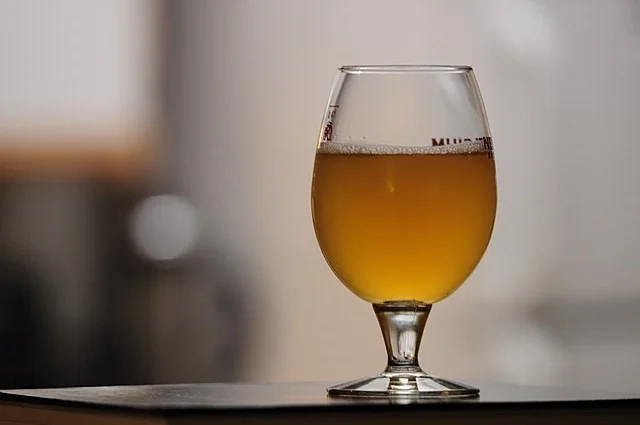
Recently released data from the Brewers Association shows a strong rebound for craft brewers who had suffered devastating pandemic lows. Craft brewer volume sales grew eight percent and raised their share of the American beer market by volume to a healthy thirteen percent. This is very good news for the thirty-five percent of the smaller brew market that includes contract brewing companies, microbreweries, brew pubs and tap rooms as well as larger regional brewers that make up the other sixty-five percent. Retail dollar sales of craft jumped to twenty-one percent or $26.8 billion, and the main reason is due to the return of beer volume back to bars and restaurants from packaged sales which had been sustaining the market throughout the widespread quarantines and shutdowns.
The year 2020 brought the market’s first-ever decline in sales volume correlating to the mass closings of bars and tasting rooms. Such spaces were vitally important to the growth of the industry as craft breweries and microbreweries were heavily reliant on socially interactive consumer behavior. Once restrictions were lifted, a new growth spurt bolstered the industry to nearly eight percent and actually outpaced the entire American beer market. The turnaround brings major relief to craft brewers and microbrewers who endured a difficult run that saw thirty-six of its top fifty brewers record losses in 2019. The math shows that there was a slowing of the previous impressive growth prior to the pandemic that spanned the better part of a decade. In fact, in 2010 there were over eighteen hundred breweries in operation across the country and by 2021 that total had exploded to more than nine-thousand.
Among those new breweries were those that adhered to a smaller, more intimate model that primarily served local communities as opposed to those with the larger regional model that saw craft beer products shipped over state lines. Nonetheless, these smaller craft breweries accounted for a significant number of craft beer sales. For example, in 2021 the top fifty craft breweries accounted for just over half of all craft beer produced in the United States. However, while those big players lost share to the smaller players in the market, they were still better able to place their craft beer products onto grocery store shelves during the onset of the pandemic due to established long-term relationships with the larger chains which in turn protected them from the brunt of the impact.
While these new growth numbers for craft and micro brewers suggest that most of the painful challenges are in the past, craft beer makers are not quite yet in the clear. As with many other industries across the product spectrum and around the world, supply chain issues are pressuring already strained bottom lines. Also, special government programs that were enacted to keep brewers afloat have now run their course. In addition, the overall alcohol market is forever increasing in complexity with new players and fresh ideas stepping into previously vacated market space to battle for consumers now oriented towards trying new things. And for all the good data, there are still numbers that tell the story of brewers who simply didn’t make it to the other side.
As more of the sales volume shifts back into taprooms and brewpubs and away from the packaged products that helped many survive the pandemic, things will continue to improve. Changes to come may also be positive, as is the case with six brewers in Minnesota who’s governor just lifted the sales cap on on-site sales which include growler sales for breweries that make 150,000 barrels annually who can now offer the sixty-four ounce jugs for sale. For craft brewers, selling growlers is one of the best ways to promote new beers and get them into the hands—and taste buds—of loyal customers.
Graver Technologies offers a wide selection of filter technologies to meet the needs of craft brewers and microbrewers looking for particulate removal from incoming water, clarify or trap DE from upstream processing, prevent microorganisms from entering storage tanks, remove particulate and microbes from bottle rinse water, or microbial stabilization prior to bottling. For more information, check out the beer application page.
Need help?
You can find the right application or product using our Tool, or through our Chat Bot.
Keep In Touch
Keep up to date with our latest news and announcements. Unsubscribe anytime.




.svg)
.svg)



